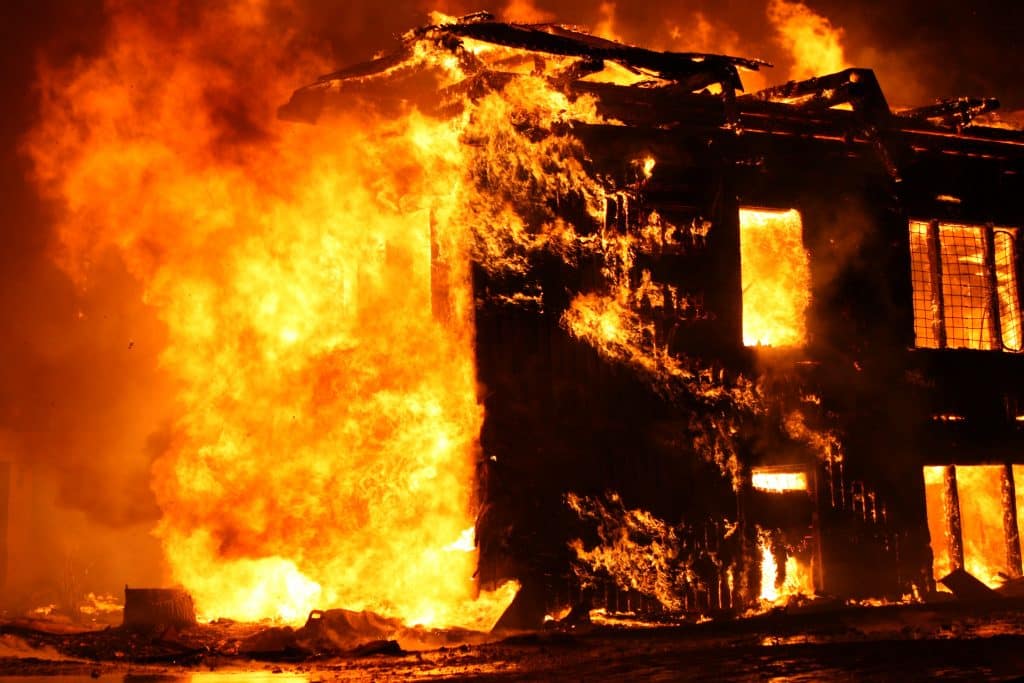At the heart of fire safety and fireproofing lies a fundamental understanding of the science of fire itself. Fire is not just a hazard but a complex chemical reaction known as combustion. By delving into the chemistry and physics of how fires start, spread, and can be controlled, we can develop more effective fireproofing strategies that are critical in protecting lives and properties. This blog post explores the scientific principles behind fire and how this knowledge informs the development of fireproofing measures.
The Basics of Combustion
Combustion is a chemical reaction that occurs when a fuel comes into contact with oxygen, producing heat and light. This reaction is what we commonly refer to as fire. For combustion to occur, three elements must be present: fuel (any combustible material), oxygen (from the air), and an ignition source (such as a spark or high temperature). These elements form the “fire triangle,” a model used to understand how fires start and propagate.
How Different Materials Combust
Materials combust differently based on their chemical makeup and physical properties. For instance, wood and paper, being organic materials, combust through a process where heat causes them to decompose into volatile gases, which then ignite. Metals like magnesium can also burn, producing a more intense flame due to reactions with oxygen that release a significant amount of energy.
The Role of Heat Transfer in Fire Spread
The spread of fire is primarily governed by heat transfer, which occurs in three ways: conduction, convection, and radiation.
- Conduction is the transfer of heat through a solid material, which can cause nearby combustible materials to reach their ignition temperature.
- Convection involves the movement of hot gases, spreading fire by heating the air and surfaces in a room.
- Radiation emits heat energy in the form of infrared radiation, capable of igniting combustible materials even without direct contact.
Understanding these mechanisms is crucial in developing fireproofing strategies that can effectively interrupt the heat transfer process and slow or prevent the spread of fire.
Developing Fireproofing Strategies
Armed with knowledge of combustion and heat transfer, fire safety experts have developed a variety of fireproofing strategies:
- Passive Fire Protection (PFP): This involves materials and construction techniques designed to resist the spread of fire. Fire-resistant doors, walls, and floors are constructed to contain fires within a compartment, limiting the spread of flames and smoke.
- Active Fire Protection (AFP): AFP systems detect and suppress fires, examples include sprinkler systems and fire extinguishers. By detecting heat, smoke, or flames, these systems can activate to suppress a fire early, often before it spreads significantly.
- Fire Retardant Materials: These materials are treated or inherently resistant to ignition and burning. For example, fire-retardant chemicals can be added to fabrics, while intumescent paints swell when exposed to heat, forming a protective barrier that insulates underlying materials from the fire.
The Importance of Comprehensive Fire Safety
The science of fire underscores the importance of a comprehensive approach to fire safety that combines both passive and active fire protection measures. By understanding how fires start and spread, we can better design buildings and develop materials that are more resistant to fire, ultimately saving lives and reducing property damage.
The chemistry and physics of fire provide the foundation for all fireproofing strategies. By understanding the conditions under which fires start, how they spread, and the ways in which different materials combust, we can create safer environments that are better equipped to withstand the threat of fire. Fireproofing, at its core, is about applying scientific principles to prevent, contain, and suppress fires, ensuring that when they do occur, their impact is significantly minimized.
For expert advice on fire protection and prevention, contact Martyn Young Fireproofing Consultancy today on 07585 896648


